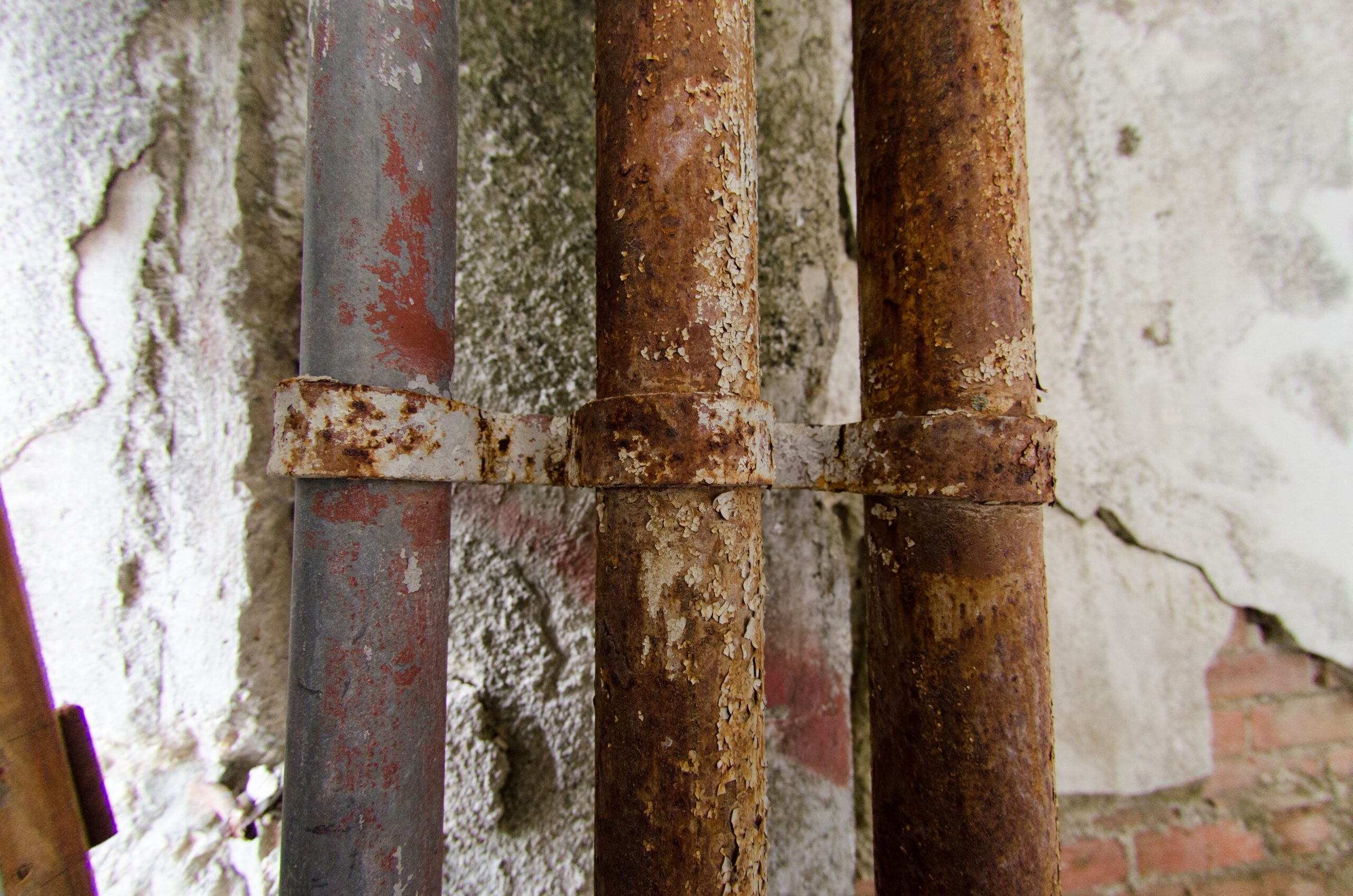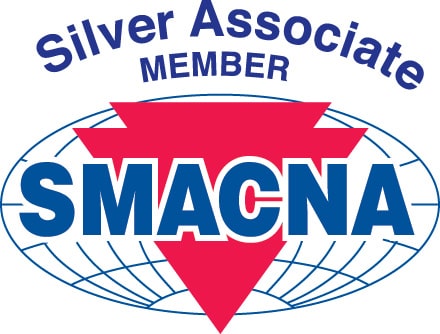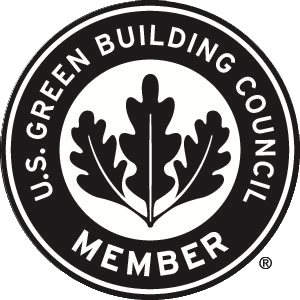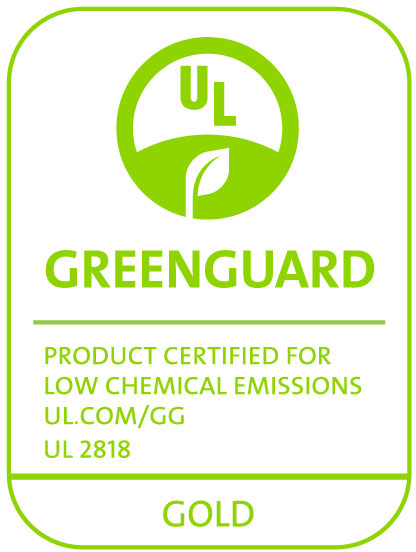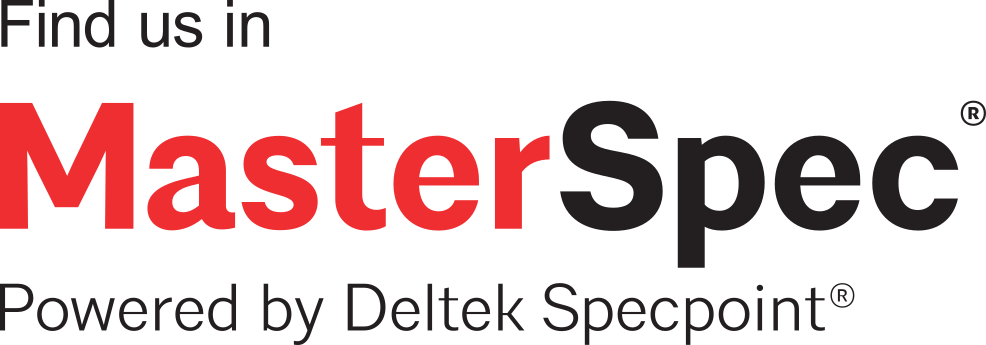Molds belong to the fungi kingdom, and unlike plants, they lack chlorophyll and must survive by digesting plants and other organic materials. Molds generate tiny spores to reproduce, and these spores are ever-present in both indoor and outdoor air currents. When mold spores land on a damp or wet surface, they begin to grow and reproduce from the organic food (i.e. dust, dirt, etc.) and moisture on the material’s surface.
It has been well documented that mold growth causes toxic risks to human health such as headaches, breathing difficulties, allergic and irritant reactions, asthma, hypersensitivity pneumonitis, and opportunistic infections. It’s safe to presume that all building owners want to maintain a mold-free facility.
Mechanical insulation, the type that insulates building mechanical systems such as pipes, ducts and equipment, is subject to mold growth when not properly protected and maintained. Before we jump into which insulation types are the most mold-resistant, below are well-documented measures to prevent mold growth in the first place.
STEPS TO PREVENT MOLD GROWTH
- Completely insulate all cold (below-ambient) piping and ductwork, such as condensate lines, chilled and cold water piping, related fittings, supply ductwork, and air handlers that convey conditioned air to occupant spaces
- Install the correct insulation thickness to prevent condensation from forming on the insulation surface; a simple insulation thickness calculator for condensation control can be accessed here
- Seal all insulation seams and termination points with the insulation manufacturer’s recommended adhesive (not just tape) to provide a vapor seal, thus preventing water vapor (moisture) from penetrating beneath the insulation and substrate (piping or ductwork)
- Maintain healthy indoor air quality with relative humidity below 60%
- Periodically clean the insulation surface (pipe insulation and internal duct liner) to remove organic food sources that will sustain microbes
- Regularly maintain or change MERV (Minimum Efficiency Reporting Value) air filters per manufacturer’s recommended time intervals
- Periodically check and seal ductwork to prevent moisture intrusion
- Ensure that piping and ductwork is adequately sloped or pitched to drains to prevent the pooling of water
- Install HVAC drain pans that are easily accessible to HVAC contractors and facility maintenance personnel
- Choose a pipe and duct insulation that is engineered to repel moisture and is easy-to-clean
Some mechanical insulation types are more susceptible to mold growth than others. Generally speaking, closed-cell insulation (i.e. cellular glass, phenolic, polyiso, and flexible elastomeric foam) is more resistant to mold spores than open-cell insulation (i.e. fiberglass). Although closed-cell flexible elastomeric foam insulation offers excellent performance with controlling condensation due to its closed-cell structure and built-in vapor retarder, it is still subject to attack by molds on the insulation surface.
Some closed cell elastomeric insulation products are manufactured with organic ingredients such as oils, plasticizers and binders that serve as organic food sources for mold spores. Additionally, these insulation products are hygroscopic (polar) in chemical structure which means that they are inherently attracted to moisture. With the introduction of moisture on the insulation surface and unsealed seams, mold can grow. Hygroscopic closed cell elastomeric foam insulation products typically promote an added “EPA-Registered Antimicrobial” product during manufacturing offering mold protection. These chemicals are designed to inhibit the growth of microbes.
However, the International Living Future Institute, in their Living Building Challenge Red List, calls out “antimicrobials marketed with a health claim” as Red List chemicals. Antimicrobial chemicals in building materials are regulated by the EPA as pesticides. The human health concern with some antimicrobial chemicals is that they have shown to disrupt endocrine functions, and human health benefits have not yet been proven.
Aeroflex USA’s Aeroflex® brand of EPDM closed cell elastomeric foam insulation does not contain any added EPA-Registered antimicrobial chemicals marketing a health claim. Aeroflex® EPDM is inherently non-polar (hydrophobic) which means that it is not attracted or induced by moisture; it actually repels moisture. Additionally, our EPDM does not contain organic food sources such as oils, plasticizers and binders. Finally, closed-cell elastomeric foam offers a smooth surface (skin) for preformed tubes for pipes and sheets/rolls for large pipes, fittings, and ducts, so it’s easy to clean.
To learn more about the performance benefits of Aeroflex® EPDM, click here.
Sources:
https://insulation.org/io/articles/preventing-mold-growth-in-below-ambient-systems/

